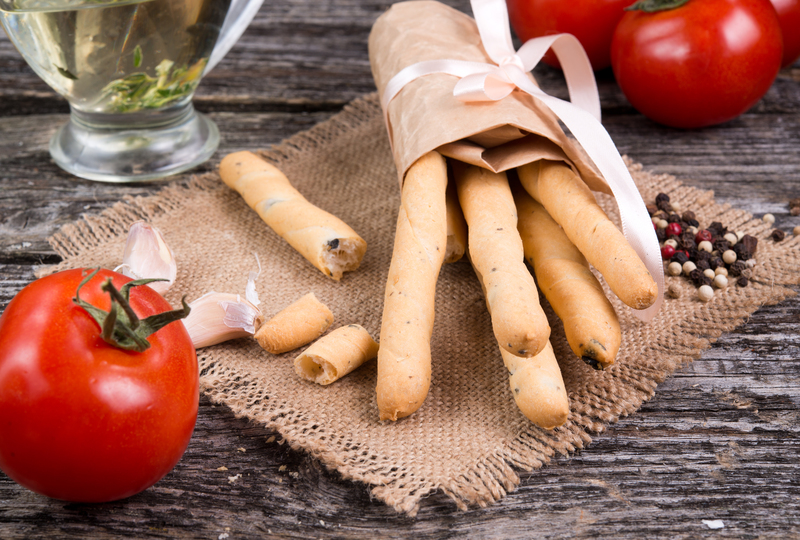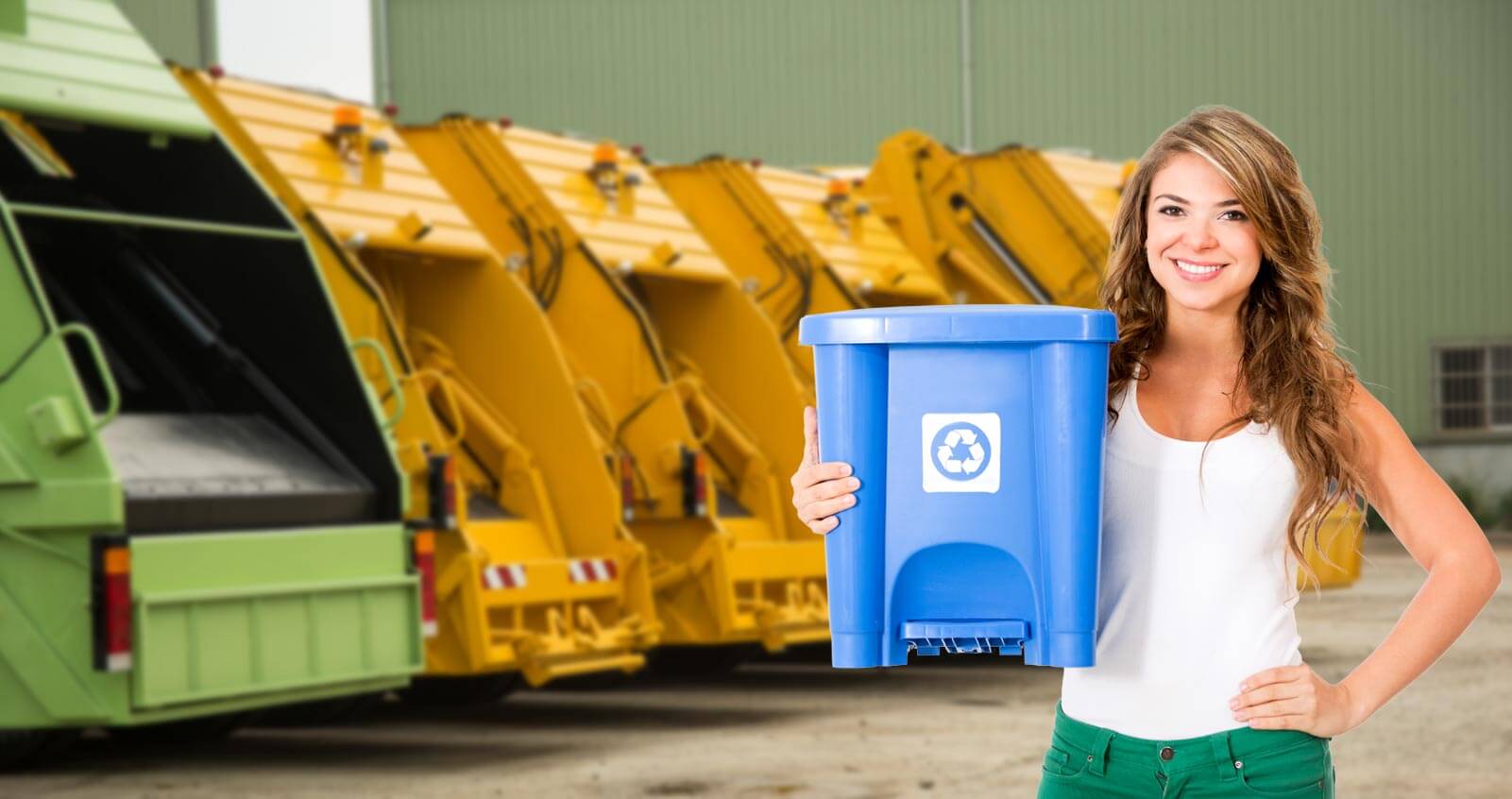Home Paper Recycling: A Simple Start
Posted on 23/02/2025
The importance of recycling cannot be overstated in our society today, as we seek more sustainable ways to live and preserve the environment. One of the easiest and most impactful ways individuals can contribute to this cause is through paper recycling. This article provides a comprehensive guide to getting started with home paper recycling, breaking down the process, benefits, and practical tips for an effective recycling routine. Let's dive into how you can make a difference right from your home.
Why Recycle Paper?
Recycling paper has significant environmental and economic benefits. Here's why you should consider making paper recycling a part of your daily routine:
- Conservation of Resources: Recycling paper helps conserve natural resources such as trees and water. For example, recycling one ton of paper can save 17 trees, 380 gallons of oil, and 7,000 gallons of water.
- Reduction of Greenhouse Gases: Producing recycled paper emits less greenhouse gas than producing new paper from raw materials. This means lower carbon emissions and a smaller carbon footprint for your household.
- Energy Savings: Creating paper from recycled materials uses 50% less energy compared to making new paper from virgin pulp. This results in significant energy savings and reduced reliance on fossil fuels.
- Landfill Reduction: Recycling paper reduces the amount of waste that ends up in landfills. Paper accounts for about 25% of landfill waste, and recycling helps cut down this percentage, leading to less pollution and more efficient waste management.

Getting Started with Home Paper Recycling
Step 1: Identify Recyclable Paper
Before you start recycling, it's essential to know what types of paper can be recycled. Generally, most household paper products can be recycled, including:
- Office paper (prints, envelopes, etc.)
- Newspapers and magazines
- Cardboard (cereal boxes, shipping boxes, etc.)
- Paper packaging materials
- Junk mail and flyers
However, certain types of paper cannot be recycled, such as paper contaminated with food or grease, paper towels, and some types of glossy paper. Checking with your local recycling program for specific guidelines can help you streamline the process.
Step 2: Setting Up a Home Recycling Station
Creating a designated recycling station in your home can make the process straightforward and efficient. Here are some tips:
- Place separate bins for different types of recyclable materials, like paper, plastic, and glass.
- Label each bin clearly to avoid confusion and contamination.
- Choose a convenient location for your recycling station, such as the kitchen or garage, where most recyclables are generated.
- Ensure your station is accessible to all family members to encourage household participation.
Step 3: Preparing Paper for Recycling
Properly preparing paper for recycling can help improve the quality of recycled materials. Follow these tips to get your paper ready for recycling:
- Remove any non-paper elements from your paper items, such as plastic windows on envelopes, staples, and rubber bands.
- Flatten cardboard boxes to save space and make them easier to transport.
- Keep paper dry and clean--wet or soiled paper can contaminate other materials and may not be recyclable.
- Shred sensitive documents to protect your privacy before recycling them. Make sure the shreds are collected in a paper bag or container to prevent them from scattering.
Recycling Myths and Facts
Despite the widespread acceptance of recycling, there are several myths that may deter people from participating. Let's debunk some common misconceptions:
Myth 1: Recycling Uses More Energy than It Saves
Fact: Recycling actually saves energy compared to manufacturing from virgin materials. As previously mentioned, recycling paper can save up to 50% of the energy used in producing new paper.
Myth 2: All Paper is Recyclable
Fact: While many types of paper are recyclable, items contaminated with food or other substances generally are not. Always check with local recycling guidelines to ensure you are recycling correctly.
Myth 3: One Person Cannot Make a Difference
Fact: Every little bit helps. Individual efforts accumulate and can significantly impact reducing waste and conserving resources.

Additional Tips for Successful Paper Recycling
To make your paper recycling efforts even more effective, consider these additional tips:
- Educate Your Household: Ensure that everyone in your household understands what can and cannot be recycled. This will reduce contamination and increase the efficiency of your recycling efforts.
- Reuse When Possible: Before recycling, think about ways to reuse paper products. For instance, use the blank side of printed sheets for notes or crafts, or repurpose cardboard boxes for storage.
- Stay Informed: Recycling guidelines can change, so stay updated with your local recycling program's requirements and regulations. Many communities offer resources and assistance to help residents recycle more effectively.
- Support Recycled Products: Close the recycling loop by purchasing products made from recycled materials. This increases the demand for recycled goods and supports the recycling industry.
Conclusion
Recycling paper at home is a straightforward and impactful way to contribute to environmental sustainability. By understanding the importance of recycling, setting up an effective system, and debunking common myths, you can make a significant difference. Start small, stay committed, and inspire those around you to join in the effort. With collective action, we can reduce waste, conserve resources, and build a greener future for all.




